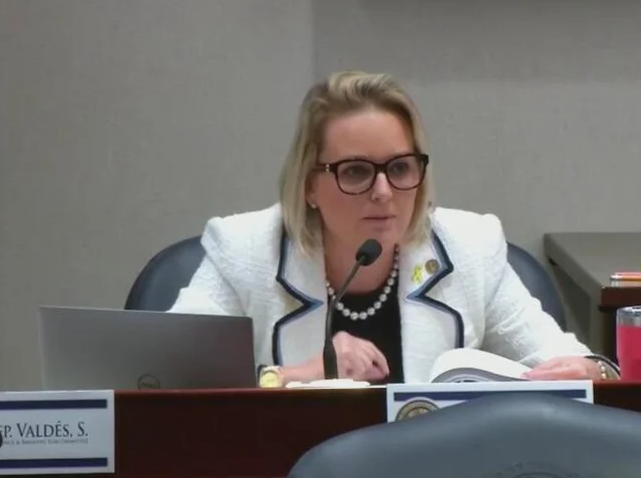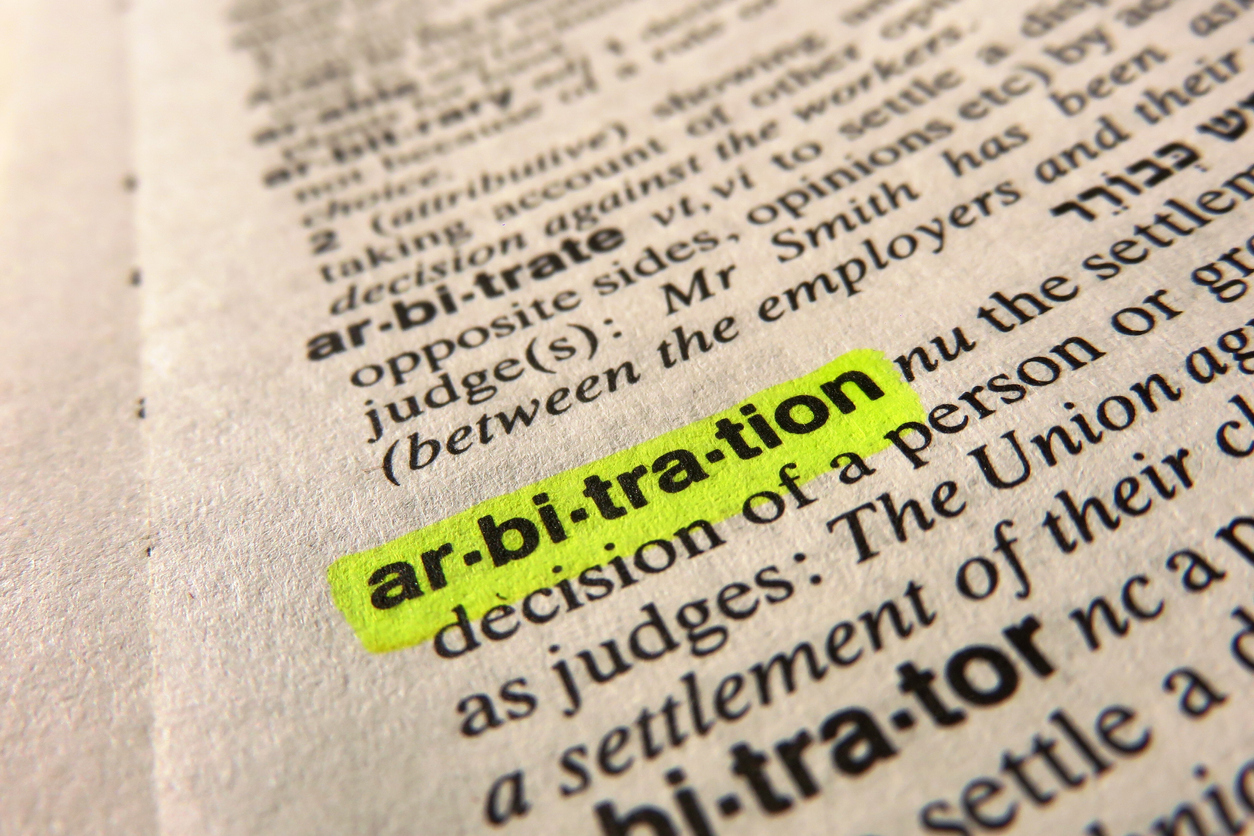Since last May, just before we opened our Houston office, I have been reviewing and pondering causation and burdens of proof found in Texas insurance cases. While writing yesterday’s post regarding sinkhole coverage cases, I came across two Florida cases that demonstrate Florida’s view that policyholders truly have minimal proof requirements coverage under all-risk property insurance policies. Texas insurance case law does not follow this majority view. I will explain how they are different in two posts. Today will focus on Florida law. Tomorrow, I will provide Texas case examples and some practical suggestions so Texas policyholders do not get surprised at trial. I figure the insurance company adjusters and attorneys do not need any more help, so they get no suggestions.
Florida follows the nearly unanimous view that all-risk insurance policies provide very broad coverage and all that needs to be shown is a physical loss during the policy period. Indeed, some may suggest that the Florida cases only require a "physical loss" and, to deny coverage, the insurer must also prove the loss occurred outside the policy period. Florida sinkhole cases and broken pipe under structure cases highlight these causation issues.
Sinkholes can appear overnight or move slower than we would appreciate during our lifetime. Was a small "settlement" crack in the driveway noticed ten years ago the result of a sinkhole or was it just an isolated crack caused by concrete settlement or even a heavy car? Some insurance adjusters in Florida will do everything they can to try to link those minor cracks to the possibility that the sinkhole or pipe loss occurred at some time when the insurance company was not on the hook. And, since the pipe that broke under the structure cannot be seen, how does the policyholder really know that the pipe was not installed that way by the contractor? Without creative insurance company adjusters looking to raise these factual questions to deny coverage, policyholders would not need legal counsel, like me, writing how their cases end up getting denied and warning them to be careful and accurate about facts said to an adjuster.
The language found in Hudson v. Prudential Property & Casualty Ins. Co., 450 So. 2d 565, 568 (Fla. Dist. Ct. App. 2d Dist. 1984), is pretty standard of these type of cases:
"To determine the burden of proof on the parties, we must examine the policy…the policy is not a specific peril policy, such as a policy of fire and lightning insurance, where the policy insures only against certain named risks. Rather, the policy insured against "all risks" except as otherwise excluded. Recovery under such an "all risks" policy generally extends to all losses not resulting from misconduct or fraud unless the policy contains a specific provision expressly excluding the loss from coverage. Phoenix Insurance Co. v. Branch, 234 So.2d 396 (Fla. 4th DCA 1970); 13A G. Couch, Cyclopedia of Insurance Law 2d § 48:141 (rev. ed. 1982).
As already noted, sinkhole coverage was provided for the Hudsons by virtue of the mandatory endorsement to the policy. That endorsement did not change the "all risks" nature of the underlying policy; it merely narrowed the earth sinking exclusion. See Strubble v. United Services Automobile Ass’n, 35 Cal.App.3d 498, 505 n. 6, 110 Cal.Rptr. 828, 832 n. 6 (1973). This harmonizes with the law in Florida that insurance coverage must be construed broadly and its exclusions narrowly. Demshar v. AAACon Auto Transport, Inc., 337 So.2d 963, 965 (Fla. 1976); National Merchandise Co. v. United Service Automobile Ass’n, 400 So.2d 526, 532 (Fla. 1st DCA 1981).
Applying these principles…the general rule of evidence is that a plaintiff seeking to recover under an "all risks" policy has the burden of proving that, while the policy was in force, a loss occurred to the insured’s property. Egan v. Washington General Insurance Corp., 240 So.2d 875 (Fla. 4th DCA 1970); Phoenix Insurance. Once the insured establishes a loss apparently within the terms of an "all risks" policy, the burden shifts to the insurer to prove that the loss arose from a cause which is excepted. Phoenix Insurance; Jewelers Mutual Insurance Co. v. Balogh, 272 F.2d 889 (5th Cir. 1959). The plaintiff is not required to disprove any excepted causes. Stonewall Insurance Co. v. Emerald Fisheries, Inc., 388 So.2d 1089 (Fla. 3d DCA 1980).
As the parties point out, there was a direct conflict in the evidence as to the cause of the damage to the Hudsons’ home. Thus, the trial court’s allocation of the burden of proof on the issue of Prudential’s liability became of critical importance. Since Prudential’s defense was based on an exclusion to the policy, the court’s instructions had the effect of improperly placing the burden on the Hudsons to prove that their home was damaged by a sinkhole. Consequently, the jury was apparently under the mistaken impression that the Hudsons, as plaintiffs, had to "tip the scales" to prove that sinkhole activity caused the damage." (emphasis added to highlight the general principals of causation proof in Florida)
The following damaged pipe case, Widdows v. State Farm Fla. Ins. Co., 920 So. 2d 149, 150-151 (Fla. Dist. Ct. App. 5th Dist. 2006), is an amusing example of how little proof of damage is needed under an all risk insurance policy by the policyholder and how the insurer has the burden to prove that the loss is entirely excluded. I know the attorneys on either side of the case and a little about the facts of the case not recited in the court’s opinion. The facts in dispute and language of the court should be read closely:
"The issue in this case is whether Appellee has an obligation to repair a plumbing abnormality under a provision in the insurance policy that covers "accidental direct physical loss" to the property. The evidence established that Appellant called a plumber to repair a backed-up toilet. During his investigation of the cause of the problem, the plumber discovered that the drain pipe connecting the toilet to the sewer pipe had become "backpitched," thereby impeding the flow of water. Because the pipe was beneath the slab and had not been excavated at the time of trial, the plumber could not determine the exact cause of the abnormality. Among the possible causes advanced by the plumber, however, were settlement under the pipe, erosion or a sinkhole. The plumber concluded that the condition was neither a construction defect nor the result of erosion caused by a leak in the plumbing system.
At the conclusion of Plaintiff’s case, the trial judge granted an involuntary dismissal for two reasons: First, because there was no evidence of damage from the obstructed toilet, the court concluded that there was not a "physical loss" to the property. Second, the court concluded that, even if a "physical loss" were sufficiently proven, the policy exclusion for earth movement applied. We disagree with both conclusions.
As to the issue of whether evidence was adduced of a "physical loss," we conclude that the abnormality in the pipe itself was such a "loss." Under the language of the policy, it was not necessary for Appellant to establish any resulting damage from this condition. n1
The second basis for the involuntary dismissal, the earth movement exclusion, was likewise erroneous at this juncture of the trial because the burden of proof was on Appellee to establish that the exclusion applied. State Farm Mut. Auto Ins. Co. v. Pridgen, 498 So. 2d 1245 (Fla. 1986). The evidence adduced by Appellant offered several possible causes for the backpitched pipe, not all of which would have been excluded under the earth movement provision. Because the burden was on Appellee to establish that the exclusion applied, the dismissal was premature.
FOOTNOTES
n1 On appeal, Appellee argues that insufficient proof was adduced to show that the loss was "accidental," in that no testimony was offered to show that the condition was sudden and unexpected. See Braley v. American Home Assurance Co., 354 So. 2d 904, 905 (Fla. 2d DCA 1978) ("accident" is "[a]n event which takes place without one’s foresight or expectation; an undesigned, sudden and unexpected event"). Although not the basis on which the trial court ruled, Appellee did briefly advance this argument below. Nevertheless, we decline to affirm the trial court on this basis. We think that the reasonable inferences from the evidence on this point are sufficient to overcome involuntary dismissal." (emphasis added)
Importantly, the policyholders only had to prove a "backpitched" pipe with some explanation of a "possible cause" which was not excluded. The pipe had not even been examined by the policyholder’s causation expert–a plumber–at the time of trial.
This minimal proof burden on the policyholder in Florida is not the same as found in Texas caselaw. These two Florida cases emphasize what adjusters are taught in their training manuals and in basic adjusting courses. It is the majority rule followed in the United States. Indeed, the vast majority of insurance companies have a requirement that the policyholder get the benefit of the doubt in these causation cases. In cases where we are retained before the coverage decision, we see instances where supervisors apply that standard, pay the policyholder, close the file and move on.
Unfortunately, that has not been happening too often in the Lone Star state since last September. Tomorrow, I’ll explore reasons why some case decisions may be causing this and offer suggestions as to what Texas policyholders need to do about it.



